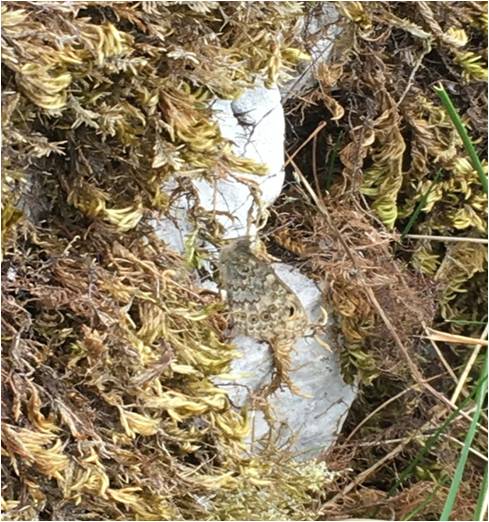
Derbyshire News 2018
Update No 45
20th December 2018
Ken Orpe
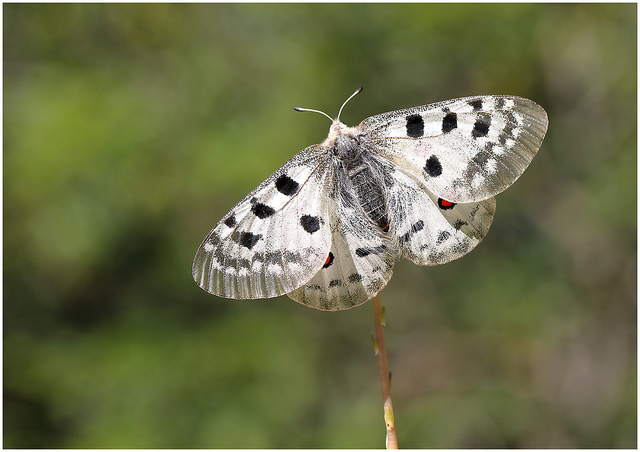

Following on from Update no 44 recently, Mark Searle has sent me some excellent photos of his visit, with his wife Caroline, to the Spanish Pyrennes (Cerdanya National Park), in July 2018 – one of his photos of the Spotted Fritillary made the cover of the 2019 European Butterfly Group calendar.
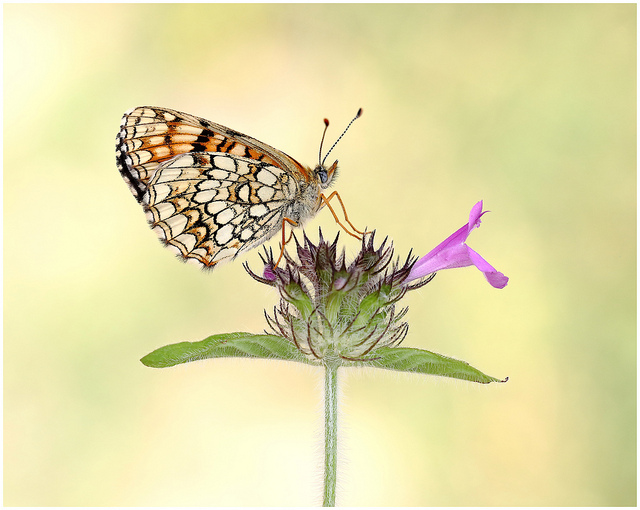
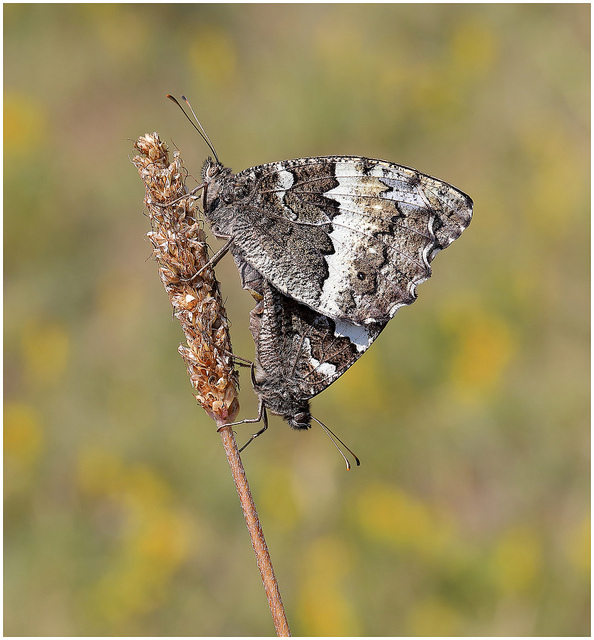
At the moment we are organising the next Open Day at Hoe Grange Quarry which will take place in July 2019 together with the annual transect training and butterfly ID half days in early March 2019 – full details will be sent out on an update early in the new year which will also include even more great photos of European butterflies which have been taken by some of the 958 members of this e-group. (I wonder who will become member no 1,000?).
Finally it just remains for Pat and me to thank you for all your efforts and support in 2018 and to wish you all a pleasant Christmas and a happy and healthy new year – there will certainly be many more different opportunities to get involved with projects and transects in 2019.
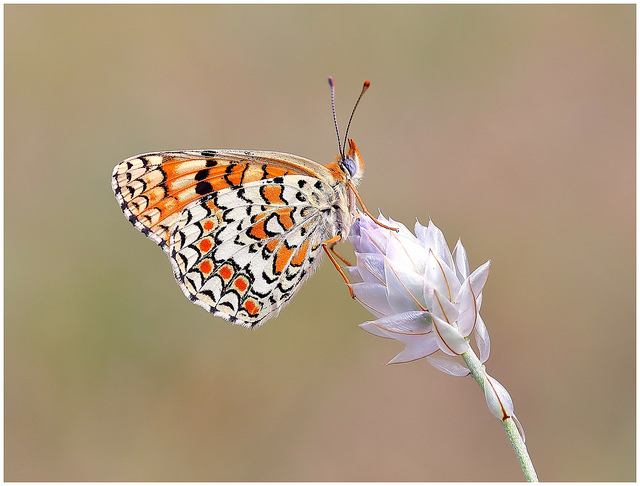
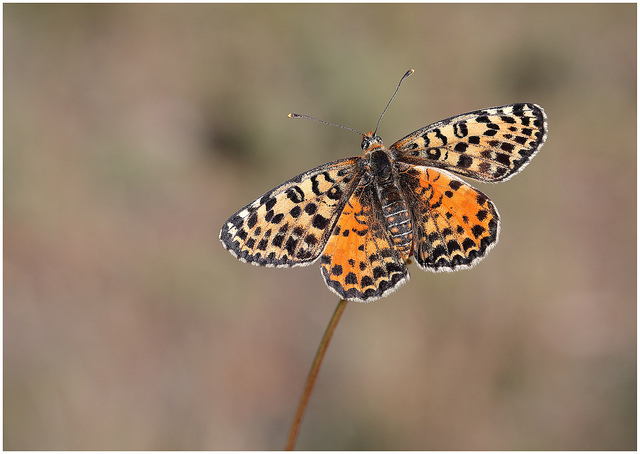
Update No 44
13th December 2018
Ken Orpe
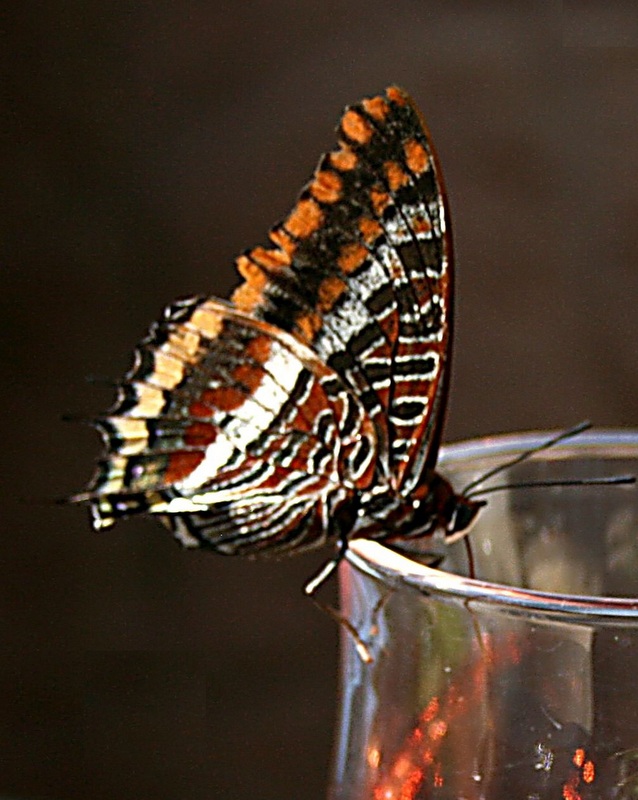
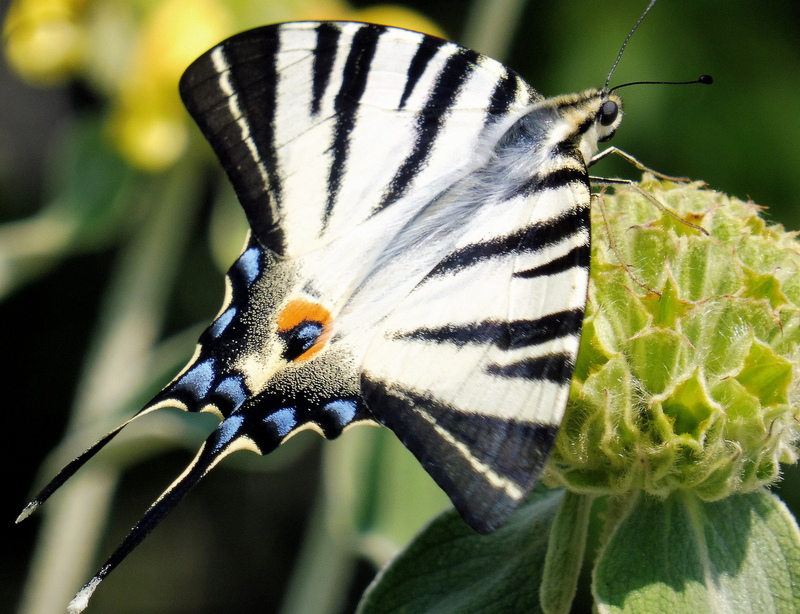
Hello Everyone, Just as we all thought that the 2018 butterfly season was over, a couple of mild days this month produced two butterfly sightings in the County with a Red Admiral noted flying in the Mickleover garden of Max & Christine Maughan on the 2nd of December 2018, and then on the 11th of December 2018 a Peacock was seen sunning itself on a rock close to Pleasley Pit NR (David Elliott). Perhaps we shouldn’t be too surprised as the final County sightings for the hibernating and over wintering species are as follows:-
- Comma (9th December (2013)
- Brimstone (25th December (2015)
- Red Admiral (27th December (2015)
- Small Tortoiseshell (29th December (2015)
- Peacock (29th December (2013)
As promised for those of you who are already thinking of warmer climes in the New Year, I have attached some photos of the butterfly species seen in parts of Europe by members of this egroup. This is proving to be an interesting subject for many of you and thanks go to all the volunteers who have submitted their brilliant photos to me – I normally limit the attachments to 6 items so additional photos will be sent out on future Updates in the near future.
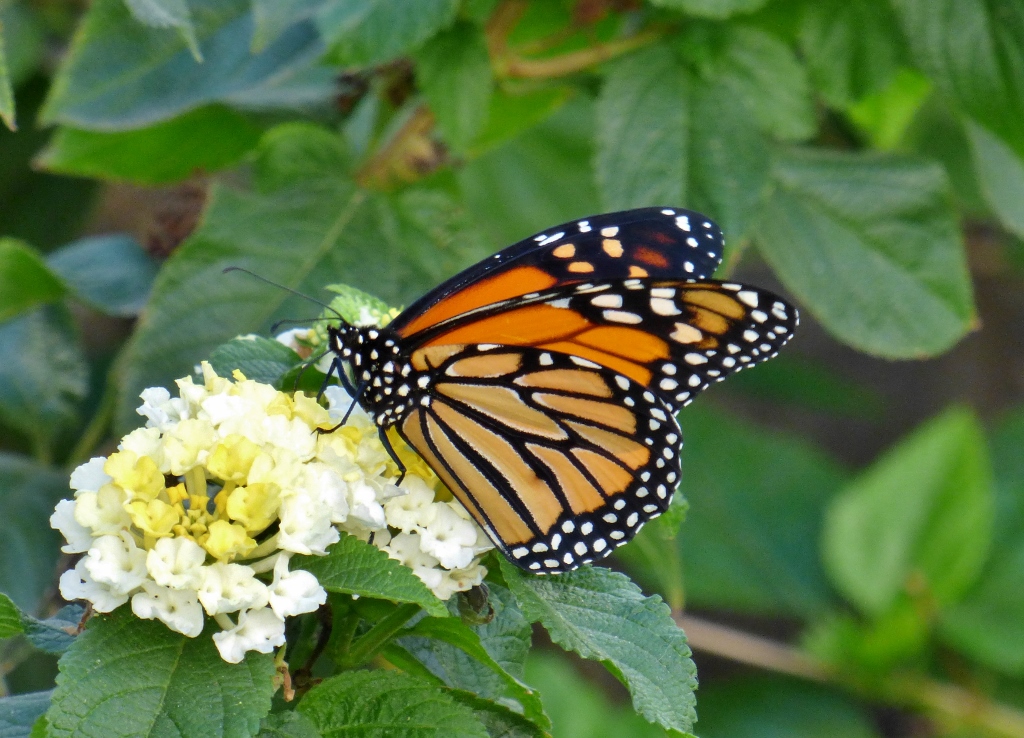
Interestingly I found an article by a Dutch entomologist (Chris Van Swaay) who, in 2010, together with others, produced an article on the European Red List of Butterflies for member states of the EU – so whilst we are still currently part of this organisation, I thought that I would share it with you – please see the attached list of resident species for each member state. Italy at 264 has the most resident butterfly species, whilst surprisingly Poland and Portugal have identical numbers (147) and Finland (110) has double the resident species in the UK (55). Only Cyprus (48), Ireland (30) and Malta (18) have fewer resident species than us here in the UK. Of the 515 butterfly species that are resident across Europe, 142 are endemic (ie they are found nowhere else in the World) - this is mainly due to the alpine or montane species that exist in the Alps, Pyrenees or in the Balkans.
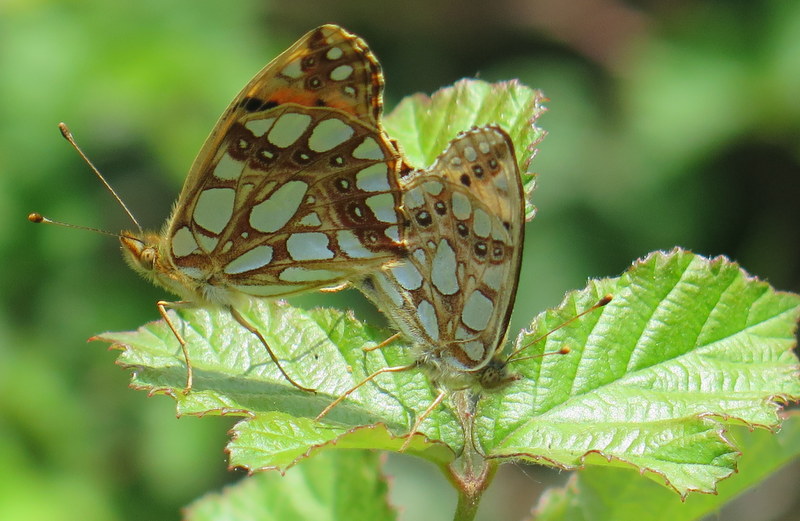
I was pleased therefore when Chris Butler emailed me a couple of interesting articles relating to 2 new butterfly species that have been found in the World - please see the links below:
This New Butterfly Species Is Named For Adventurous 17th Century naturalist Maria Sibylla Merian.
Scientists have only ever seen two Catasticta sibyllae, but DNA sequencing confirms that the butterfly is a new species. And now it's named for naturalist and artist Maria Sibylla Merian. Read the full story.
New species of butterfly discovered in Fiji
BBC Wildlife Magazine
A striking new swallowtail butterfly has been found in Fiji, that puzzled lepidopterists around the world. Read the full story
Finally we all know how important bumble bees are to us and our environment so it was good to get an email from Tom Aspinall on how the Bumblebee Conservation Trust stands a chance of winning £100,000 – he was wondering if I would be able to share the link below with all my contacts to try and get them some more votes please? The work they do is fantastic and I’m sure it is also a big help to butterflies too. (The end date for voting is soon). Bumblebee Conservation Trust
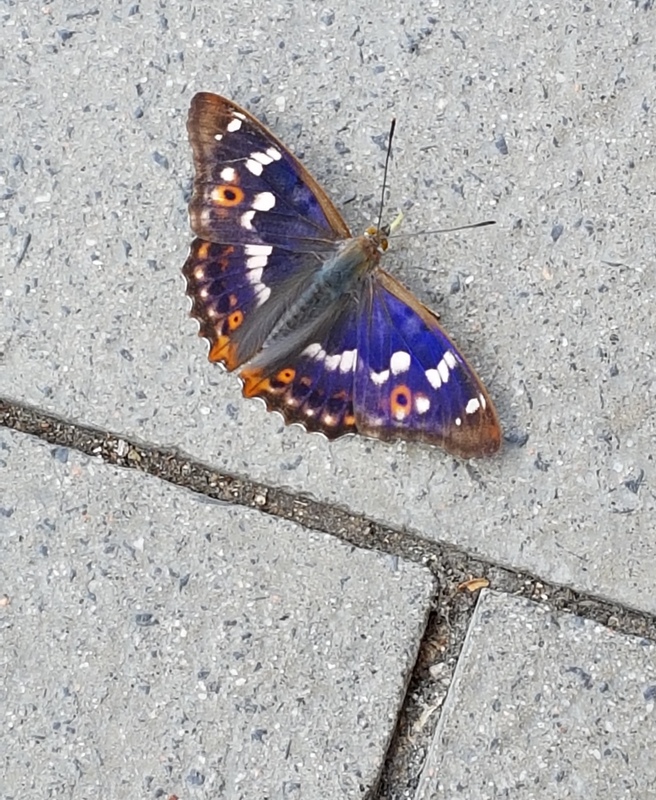
Update No 43
6th December 2018
Ken Orpe
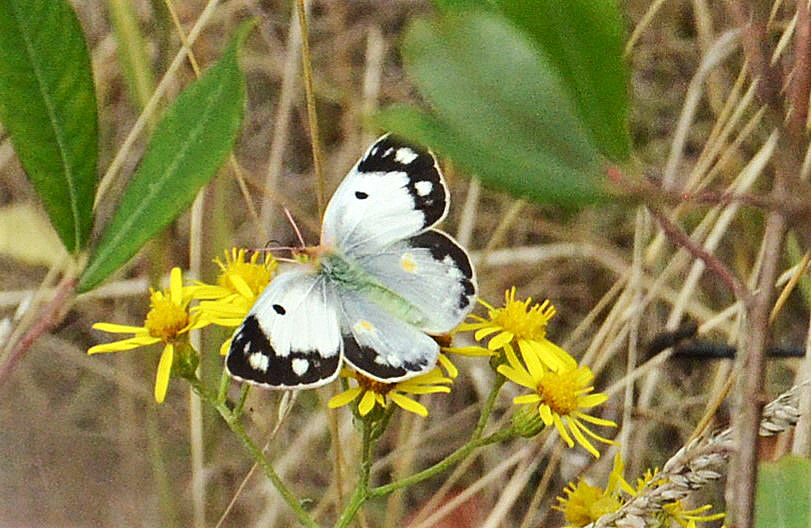
Since the departure of storm ‘Diana’ towards the end of November 2018 a few fine days developed with sunny periods and warm temperatures of up to 14c here in Derby, well above the average for the time of the year. Consequently a few butterflies were tempted out of hibernation and were seen on the wing in the County including a Peacock on the 30th of November 2018 at Holmgate,near Clay Cross (Peter Kidd) and a Red Admiral on the 28th of November 2018 on a late flowering ivy plant at the Evergreen Club, Allestree ( Felicity Jackson) together with another individual at Sudbury on the 30th of November 2018 (Keith & Pat Mitchell). Prior to these outside sightings a few other butterflies have been noted including a Peacock on the 26th of November 2018 in a log store in the Wakebridge garden of Fred & Gill Dyson, a Small Tortoiseshell in a cool bedroom at Frank Gallagher’s house in Great Longstone, and on the 2nd of December 2018 up to 7 Peacocks hibernating in the tunnel at Ticknall Limeyards (Mark Searle).
Chris Butler kindly emailed me an interesting but disturbing article on the current situation with regard to the migration of the Monarch in the U S A :-
Monarch butterfly populations in the west are down an order of magnitude from last year.
There’s not much to be grateful for after the great Western Monarch Thanksgiving Count this year. The three-week volunteer effort in California dispatches scores of… Read the full story – the main reasons for its decline appear to be habitat loss and pesticides – sounds familiar to us here!
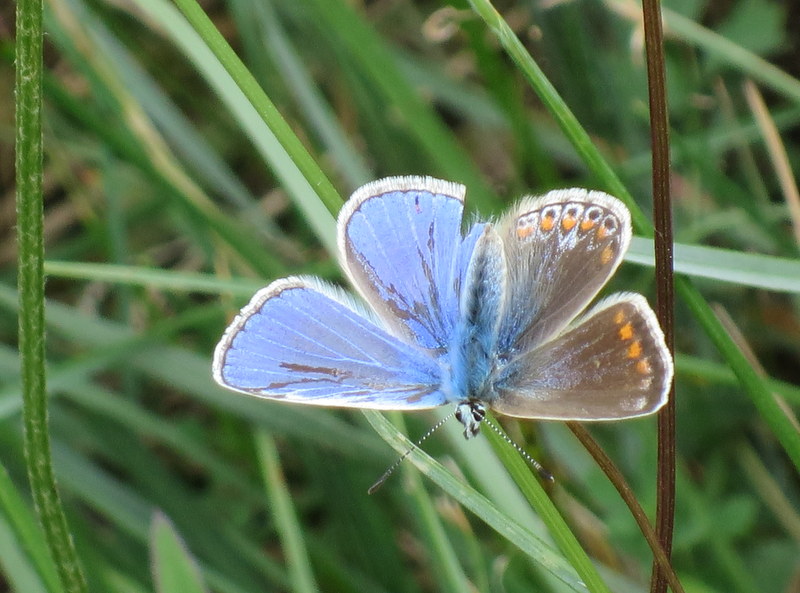
Coming back to the hot summer that we enjoyed in the UK this year, a feature has been the number of aberrations that were seen and photographed by many of the volunteers in the county – these can occur as a result of a genetic or environmentally induced variation of the usual form of the species and are generally very rare but the hot summer of 2018 has provided a good number of them in the county. Some recur on a fairly regular basis and as a result, many have been specifically named. Extreme temperature changes, especially while the butterfly is developing during the pupal (chrysalis) stage, may cause aberrations to occur. Very cold conditions can produce very dark forms and dwarf forms of some species while heat shock (sudden temperature changes or extreme temperature) may cause dramatic changes in wing pattern and colouration.
So as a further reminder to the halcyon days of the summer 2018 I have attached some of the more unusual forms that have been seen in Derbyshire including a Common Blue bilateral gynandromorphy (Graham Wood), a Clouded Yellow Helice (Pete Clark), a Small Copper schmidtii (Graham Durbin), and a Wall Brown mediolugens (Graeham Mounteney).
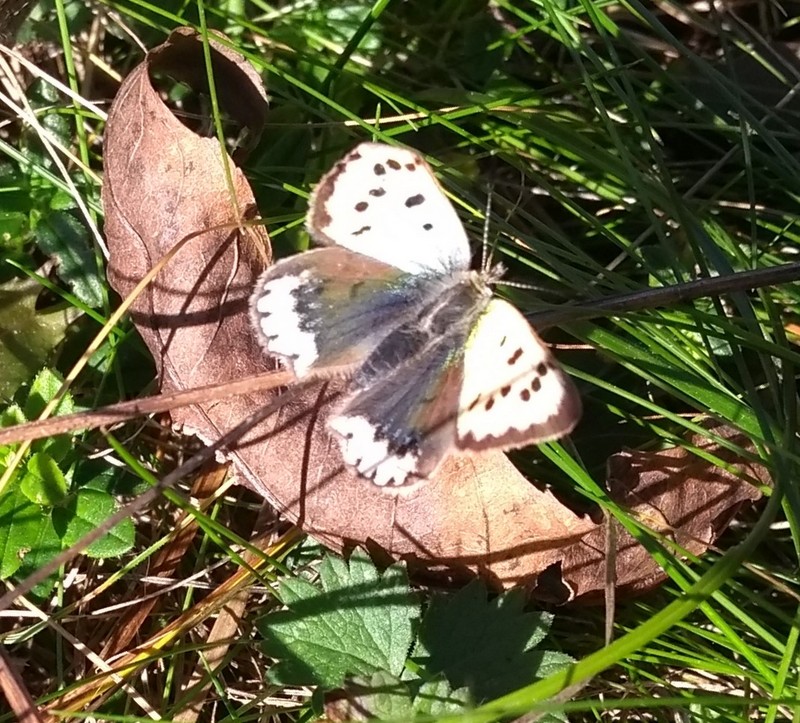
On the next issue I will include some photos of butterflies taken by members of this egroup across Europe in case you are planning a trip further afield during 2019.
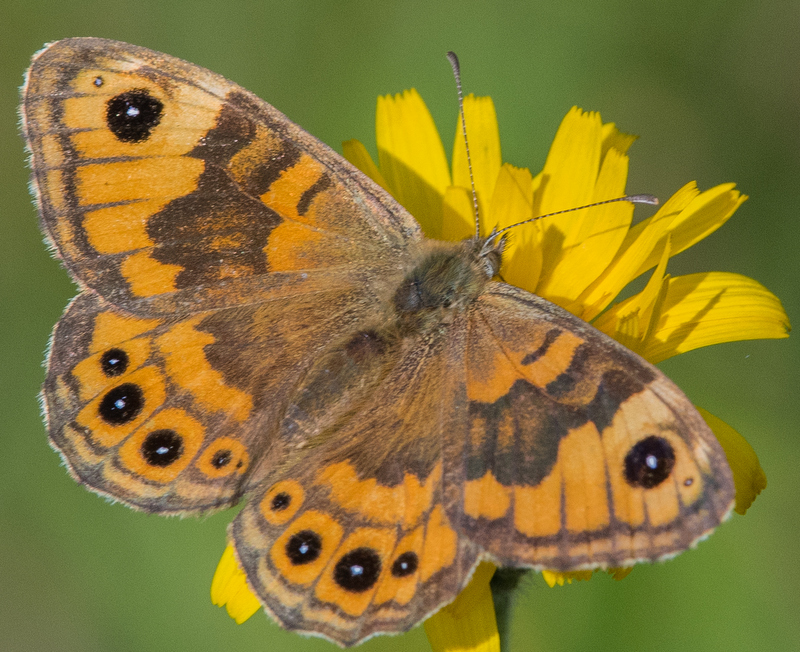
Update No 42
26th November 2018
Ken Orpe
Includes 2017 UKBMS Report

The recent cold easterly wind which resulted in plunging temperatures and snow in parts of the Peak District meant that most of our hibernating butterflies were persuaded to enter their winter quarters where hopefully they are now safely tucked up for the cold months that lie ahead. It is not surprising therefore that there have been no sightings in the County during the last 7 days although I have received a few sightings in the days just before the cold spell arrived. Red Admirals were seen at Forbes Hole, Long Eaton on the 13th of November 2018 and on the 15th of November 2018 at Repton (both Marion Bryce) and another individual was noted at Thorpe on the 17th of November 2018 (Barbara Wager). A Small Tortoiseshell was seen in the house of Ruth Moore in Overseal on the 21st of November 2018 – in these situations it is best to place the butterfly in a cool dry building such as a shed or outbuilding where there should be no light or heat to disturb them and hopefully they will return into their hibernation mode.
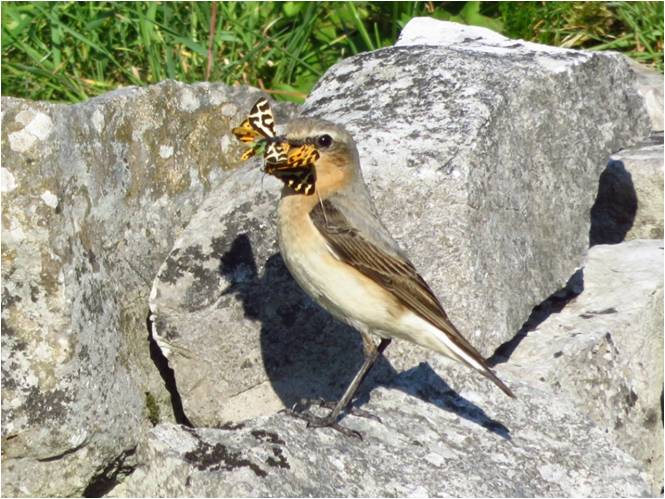
2017 UKBMS Report
The full UKBMS report for 2017 has just been published, and the PDF copy can be downloaded by clicking here (2.6MB). There is also a high-resolution copy available (13.7MB) that can be accessed via this page http://www.ukbms.org/reportsAndPublications . This report gives full results of butterfly trend analysis up to 2017, as well as updates on other aspects of the UKBMS and research projects that are using your valuable data.
Of interest to us here in Derbyshire is that 5 of the 10 long term most declining species are resident with us – the most at risk species being the White Letter Hairstreak (-93% in the last 40 years), Essex Skipper (-90%), Wall Brown (-89%), Small Skipper (-75%) and the Small Tortoiseshell (-75%).
As we approach the darkest month of the year with very short hours of day light, for those of you who are experiencing withdrawal symptoms, I have attached a few photographs that have been sent to me this year – a Wheatear with a couple of Wood Tigers in its beak (Derek Brownlee), a Wall Brown with perfect camouflage (Helen Naylor), a Clouded Yellow in flight (Pete Clark) and Whites seeking moisture and minerals in the heat of July 2018 (Tony Pioli).
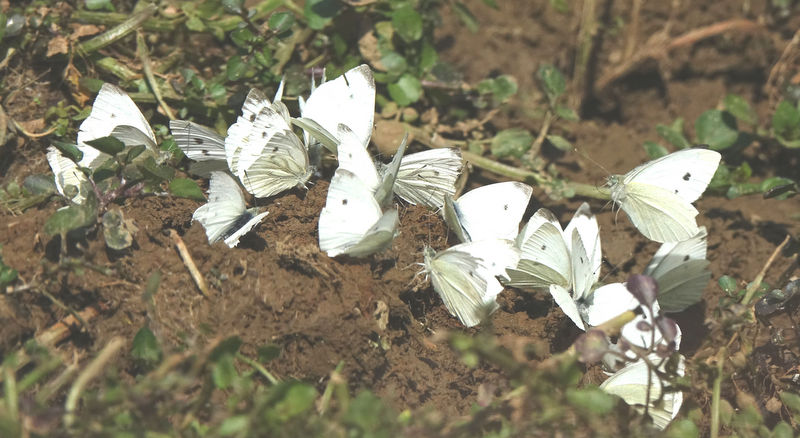
Next time, I will include some photos of aberrations of butterflies which has been a feature of 2018 due, no doubt, to the excessive heat of summer – those were the days!
